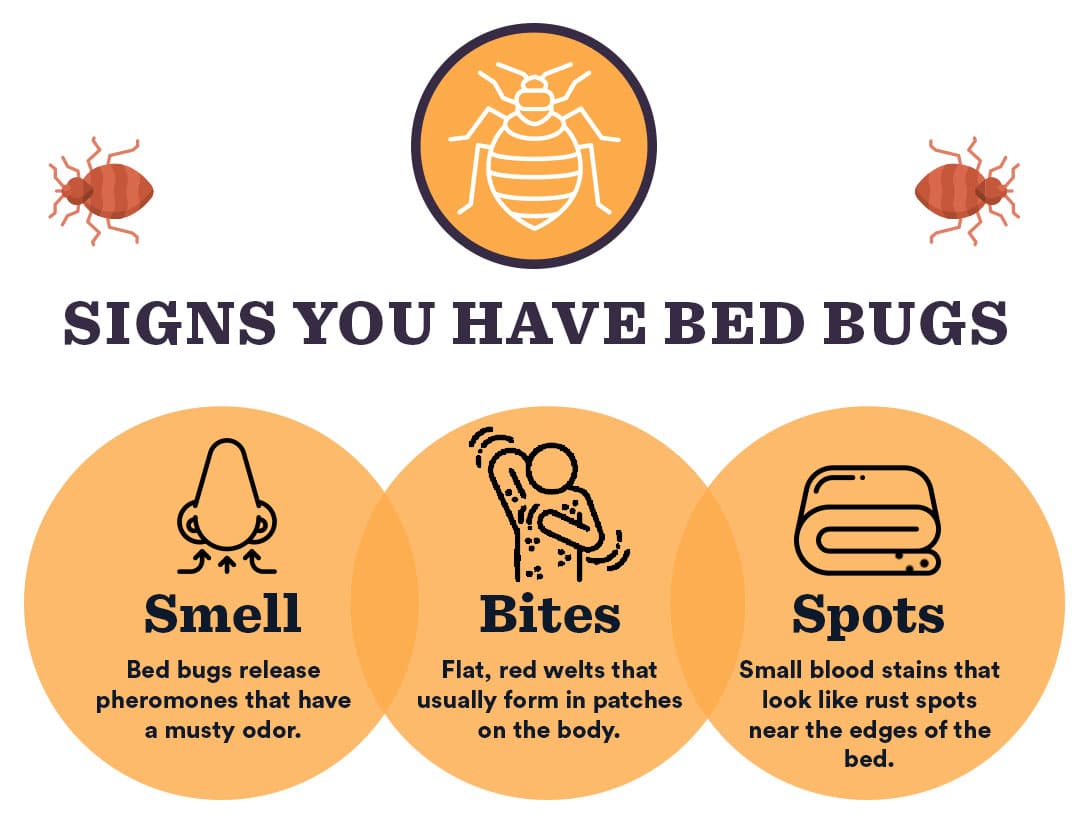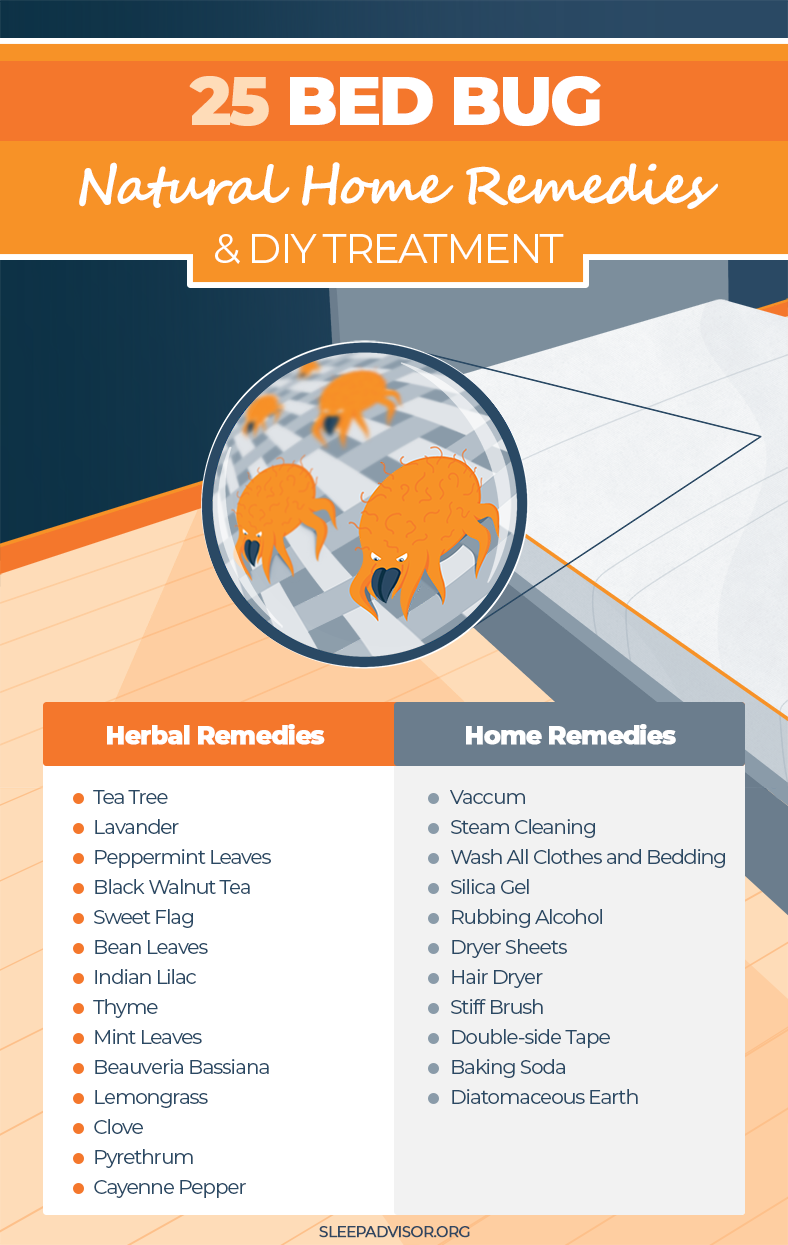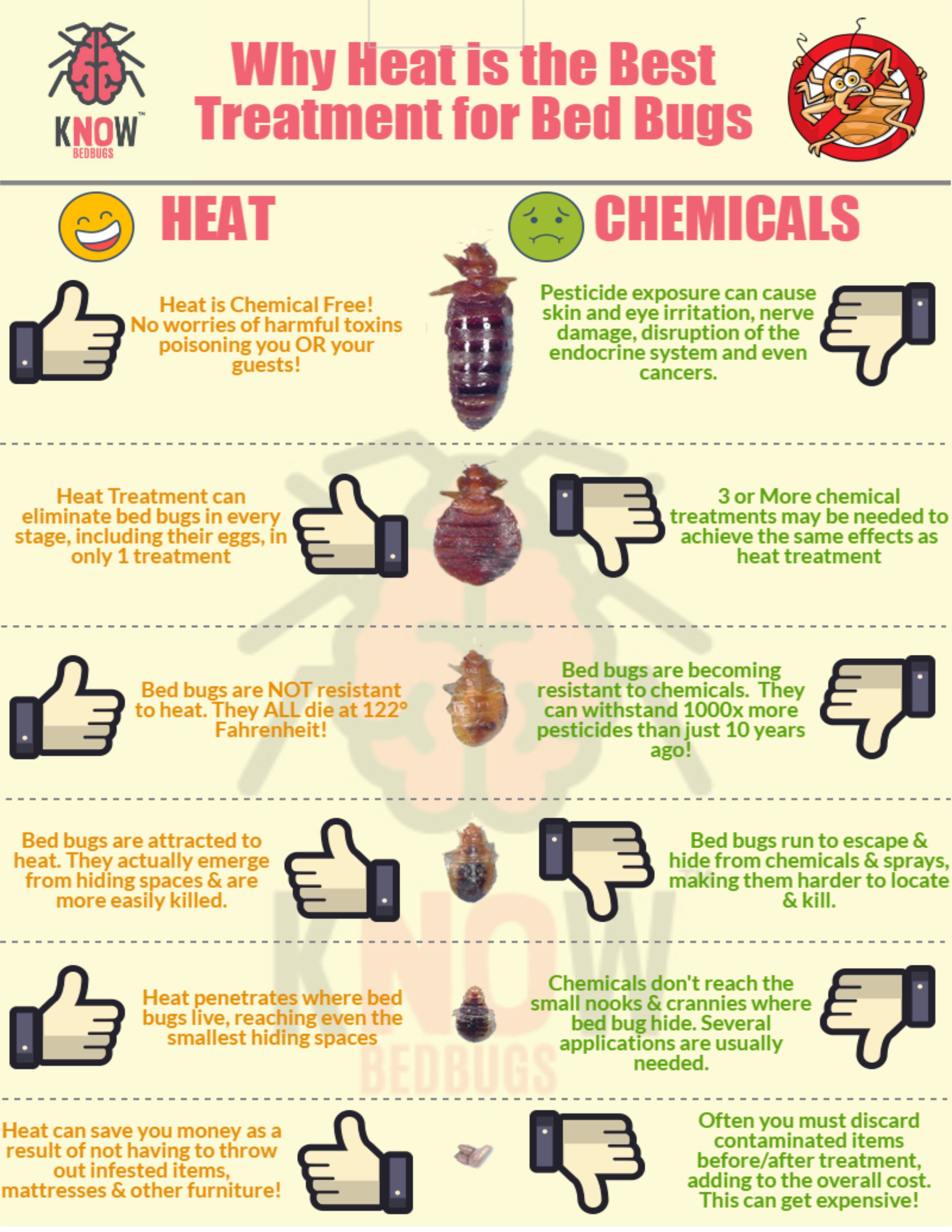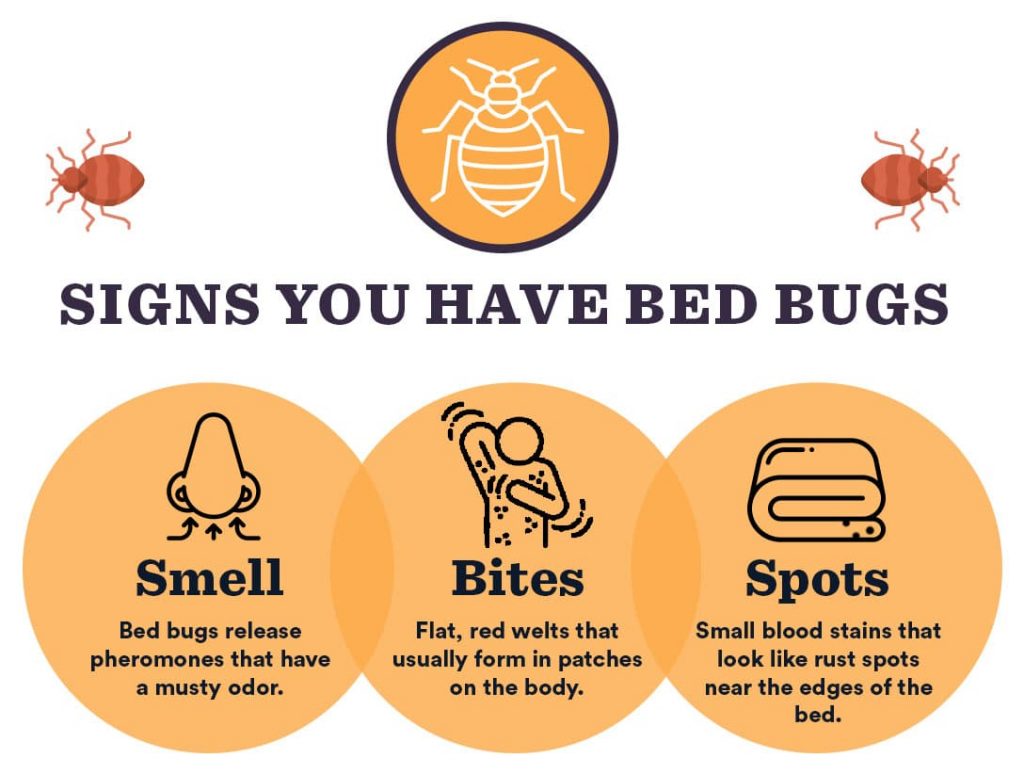If I had bed bugs, I would want to know where I could sleep safely. It can be a scary thought, but there are a few steps I can take to help keep myself and my family safe. In this article, I will discuss tips for dealing with bed bugs, and provide advice on where to sleep safely if you have them.
What Are Bed Bugs?

Bed bugs are small parasitic insects that feed on the blood of humans and animals. They are reddish-brown in color, wingless, and approximately 1/4- to 3/8-inch long. They are flat and oval-shaped, with six legs. Adults are about the size of an apple seed.
Bed bugs are a nuisance, but they do not transmit diseases. They become active at night when people are asleep and feed on exposed skin. They can bite any exposed skin, but the face, neck, hands, and arms are the most common areas.
Bed bugs have a strong sense of smell and can detect carbon dioxide, which is why they are attracted to warm bodies. They can also detect body heat and will move toward a person when they are close.
Bed bugs are usually found in and around beds, mattresses, furniture, and other places where people sleep. They can also be found in cracks, crevices, and other dark places.
Table:
| Characteristics | Description |
|---|---|
| Size | 1/4- to 3/8-inch long |
| Shape | Flat and oval-shaped |
| Legs | Six |
| Color | Reddish-brown |
| Habitat | Beds, mattresses, furniture, cracks, crevices, and other dark places |
Signs of Bed Bugs

Bed bugs are small, flat, and oval-shaped insects that measure just a few millimeters in size. They are reddish-brown in color, and they are nocturnal, meaning they’re most active at night. Bed bugs have a distinct musty odor, and their bites can cause itchy, red welts.
To determine if you have bed bugs, look for the following signs:
| Signs | What to Look For |
|---|---|
| Bites | Check your body for red welts or itchy bites. |
| Fecal Spots | Look for small, dark spots on your mattress or bed linens. |
| Blood stains | Check for dark spots on your sheets or pillowcases. |
| Shed skins | Look for empty insect shells in your bed or on the floor. |
| Odor | Notice a musty scent in the room. |
If you see any of the above signs, you may have a bed bug infestation. It’s important to take action immediately to prevent the spread of bed bugs.
Prevention and Treatment

When it comes to preventing and treating bed bugs, the best defense is to be proactive. Start by regularly inspecting your bed, mattress, and any furniture that you bring inside your home. Look for signs of bed bugs, such as small, dark spots on the fabric or evidence of eggs. If you notice any signs, it’s important to take action immediately.
One of the most effective ways to treat an infestation is to call an exterminator. A professional can use special chemicals to kill off the bed bugs and their eggs. This will help prevent the infestation from spreading and will also help to get rid of the bugs.
It’s important to take steps to prevent a bed bug infestation in the first place. Make sure to keep your bed clean, and regularly inspect it for signs of infestation. Additionally, if you’re staying in a hotel or other type of lodging, inspect the room for signs of bed bugs before you settle in.
Finally, it’s important to be aware of the signs of bed bugs, so you can recognize an infestation before it spreads. Common signs of infestation include small, dark spots on furniture, as well as a musty, sweet smell near the bed. If you notice any of these signs, take action immediately.
Home Remedies

I’ve heard of a few home remedies that can help with bed bug infestations. First, I’d recommend washing all bedding, linens, and clothing in hot water to kill the bugs and their eggs. I’d also vacuum the mattress, box springs, and other furniture to get rid of any bugs and their eggs. I’d also recommend treating the mattress with a product containing diatomaceous earth, which is a natural insecticide. Finally, I’d suggest using mattress covers to help prevent the spread of the bugs.
Professional Treatments

The first step in dealing with bed bugs is to contact a pest control professional. These professionals are trained to identify and eradicate bed bugs quickly and safely. They will inspect the premises and create a customized plan to eliminate the pests.
They may use a variety of treatments, including chemical treatments, heat treatments, and steam treatments. Chemical treatments involve applying a pesticide to the affected areas. Heat treatments involve raising the temperature in the area to a level that kills the bed bugs. Steam treatments use hot steam to kill bed bugs.
The pest control professional may also recommend preventive measures, such as laundering all fabrics, vacuuming regularly, and sealing cracks and crevices.
| Treatment | Description |
|---|---|
| Chemical | Applying a pesticide to the affected areas |
| Heat | Raising the temperature in the area to a level that kills the bed bugs |
| Steam | Using hot steam to kill bed bugs |
It is important to follow the instructions of the pest control professional to ensure the bed bugs are completely eliminated.
Cleaning and Sanitizing

When it comes to dealing with bed bugs, cleaning and sanitizing are key. It’s important to take the necessary steps to ensure that your home is free from bed bugs. This includes vacuuming carpets and upholstery, laundering bedding and clothing, and using a steam cleaner to kill bed bugs and their eggs.
| Step | Description |
|---|---|
| Vacuuming | Vacuum carpets and upholstery to remove bed bugs and their eggs. |
| Laundering | Launder bedding and clothing in hot water and dry on the highest heat setting. |
| Steam Cleaning | Use a steam cleaner to kill bed bugs and their eggs. |
It is also important to sanitize all hard surfaces. This includes scrubbing with hot soapy water, followed by cleaning with a disinfectant. Be sure to pay special attention to cracks and crevices, as this is where bed bugs like to hide.
Finally, seal any cracks or gaps in the walls and floors with caulk to prevent bed bugs from entering. This is especially important if you are living in an apartment or other rental unit.
Bed Bug-Proofing Your Home
I’m sure I’m not the only one who has had to deal with bed bugs. They are an annoying and persistent problem, but there are steps you can take to help prevent them from taking over your home.
The first step to bed bug-proofing your home is to inspect for any signs of an infestation. Look for telltale signs, such as dark spots on mattresses, sheets, and furniture, as well as small brown spots on walls and floors. If you find any signs of an infestation, it’s important to take action right away.
The next step is to clean and vacuum your bedroom regularly. Vacuuming will help remove any bed bugs that may be present. It’s also important to regularly wash all bedding, as well as any clothes, curtains, and other fabric items that may be in the bedroom.
You should also seal any cracks and crevices in your walls and floors, as these can provide easy entry points for bed bugs. Sealing or caulking these cracks and crevices will help to prevent bed bugs from entering your home.
Finally, you should consider investing in mattress and box spring encasements. These encasements will help to prevent bed bugs from entering your mattress and box spring, and will also help to prevent any existing bed bugs from escaping.
By taking these steps, you can help to ensure that your home is bed bug-proof and that you can rest easy knowing that you won’t be dealing with any bed bug infestations.
Where to Sleep If You Have Bed Bugs
If you have bed bugs, your only option is to find a place to sleep that is free from bed bugs. The most important thing to do is to check the bed for any signs of bed bugs such as dark spots on the sheets or mattress, an unpleasant musty odor, or shed skins. If you find any of these signs, you should never sleep in the bed; instead, look for another sleeping arrangement.
The first step is to make sure you clean the area you are sleeping in. Vacuum the carpet, furniture, and any other surfaces in the area. Then, get some plastic bags and seal any bedding and clothing in them. This will help prevent the bed bugs from spreading to other areas.
The next step is to find a safe place to sleep. If you are staying in a hotel or motel, make sure to check the bed and bedding for any signs of bed bugs. If you cannot find a bed bug-free room, you can try sleeping in a chair, on the floor, or in the bathtub.
If you are staying with friends or family, you should ask them if it is okay to sleep in a room that is bed bug-free. If they are not willing to provide a bed bug-free room, you should look for other accommodations, such as a hotel or motel.
If you are homeless, there are a few options available to you. There are shelters that can provide you with a safe place to sleep. You can also contact your local health department for information about bed bug-free shelters.
No matter where you decide to sleep if you have bed bugs, make sure to take the necessary precautions to prevent the bed bugs from spreading. Vacuum the area regularly, seal any bedding and clothing in plastic bags, and always check for any signs of bed bugs before sleeping in a new area.
Frequently Asked Questions
What can I do to prevent the spread of bed bugs?
Ensure that all bedding and clothing is thoroughly washed and dried at the highest temperature possible. Vacuum the bedding, furniture, and carpets regularly. Seal off any cracks and crevices in furniture and walls, and check second hand furniture for signs of bed bugs before bringing it in. If travelling, inspect the bedding and furniture in the accommodation for signs of bed bugs.
What are the Best Methods for Getting Rid of Bed Bugs?
The most effective way to get rid of bed bugs is to use a combination of chemical and non-chemical treatments. This may include insecticides, steam treatments, vacuuming, and laundering of affected items. Be sure to follow the instructions on the label of any insecticides that you use. Additionally, using encasements around mattresses and box springs can help to trap bed bugs and prevent them from spreading. Finally, regular inspections and monitoring of the affected area can help to detect any new infestations.
Are there any tips for sleeping peacefully with bed bugs?
To sleep peacefully with bed bugs, it is important to keep the bedroom clean, vacuum carpets and furniture regularly, and encase mattresses and box springs in zippered, bed bug-proof covers. Regularly wash and dry bedding on the highest heat setting possible to kill any bed bugs that may be present. Reduce clutter in the bedroom to make it easier to spot bed bugs. Also, inspect your bed and furniture for signs of bed bugs before going to sleep. Finally, if the infestation is severe, consider seeking professional pest control services.
Are there any natural remedies to help prevent bed bug infestations?
Natural remedies for bed bug prevention include regular vacuuming, using diatomaceous earth or boric acid, using essential oils, and encasing mattresses and box springs. Vacuuming is the most effective preventative measure, as it removes bed bugs and their eggs. Diatomaceous earth and boric acid are natural insecticides which can be applied to carpets, bed frames, and other areas. Essential oils such as lavender, tea tree, and peppermint can also be used to repel bed bugs. Mattress and box spring encasements are effective in blocking bed bugs from entering the mattress and box spring.
Are there any special techniques to help identify bed bugs?
Bed bug identification requires close inspection of the bed and surrounding areas for evidence such as eggs, shed skins, and blood spots. Bed bug inspection should be conducted in areas such as mattresses, box springs, and bed frames. Bed bug infestations are often found in cracks and crevices, such as seams of mattresses, and around bedding, furniture, and walls. A flashlight can be used to help detect bed bugs in these areas. It is important to also inspect other areas of the house such as carpets, furniture, and clothing for bed bugs.
Conclusion
Bed bugs can be a difficult problem to solve, but with the right measures and some persistence, you can get rid of them and sleep safely. Cleaning and vacuuming your mattress and bedding, using a mattress encasement, and changing your bedding regularly are all key steps in preventing and getting rid of bed bugs. If the problem persists, contact a professional pest control company for help.






